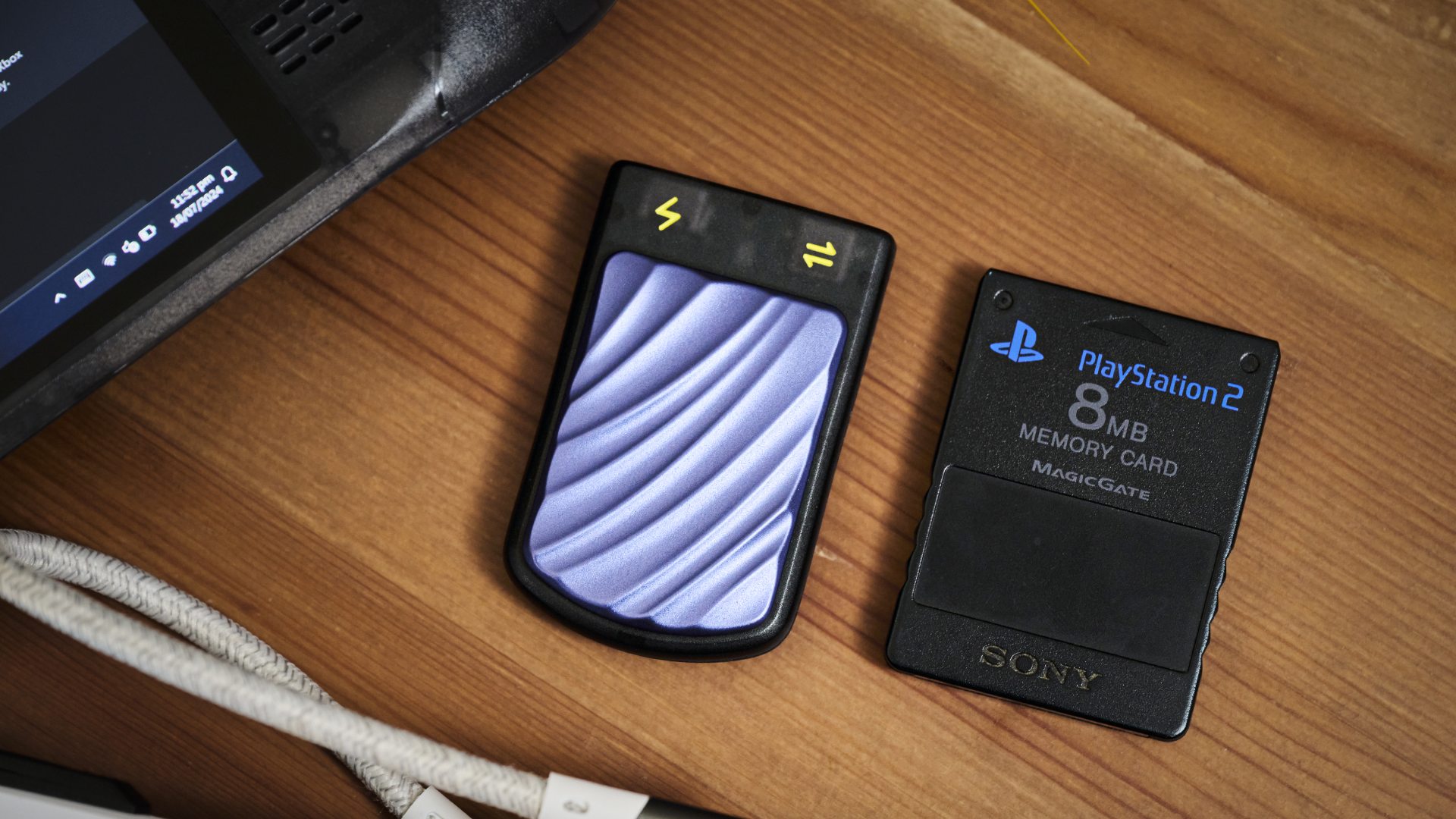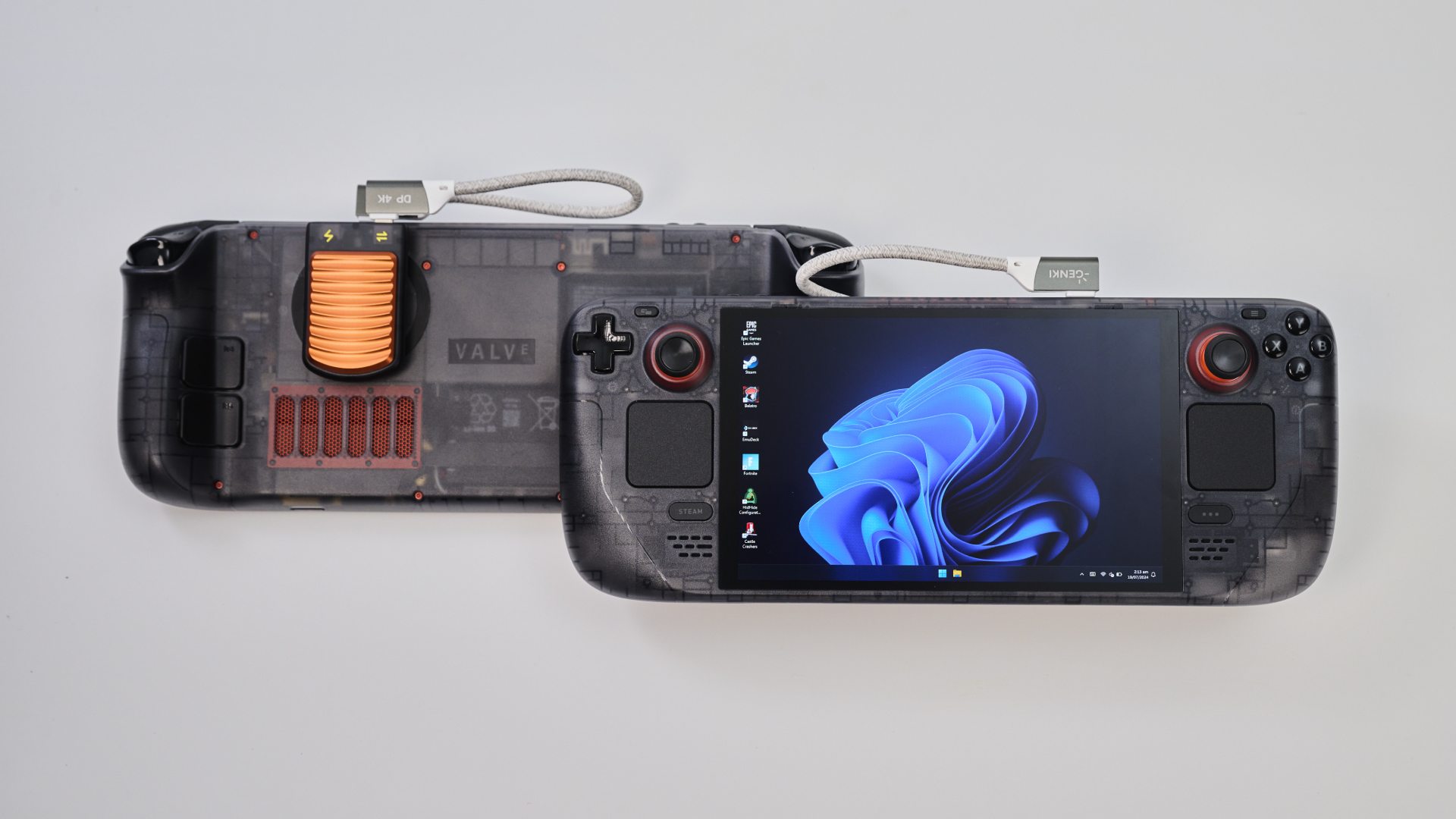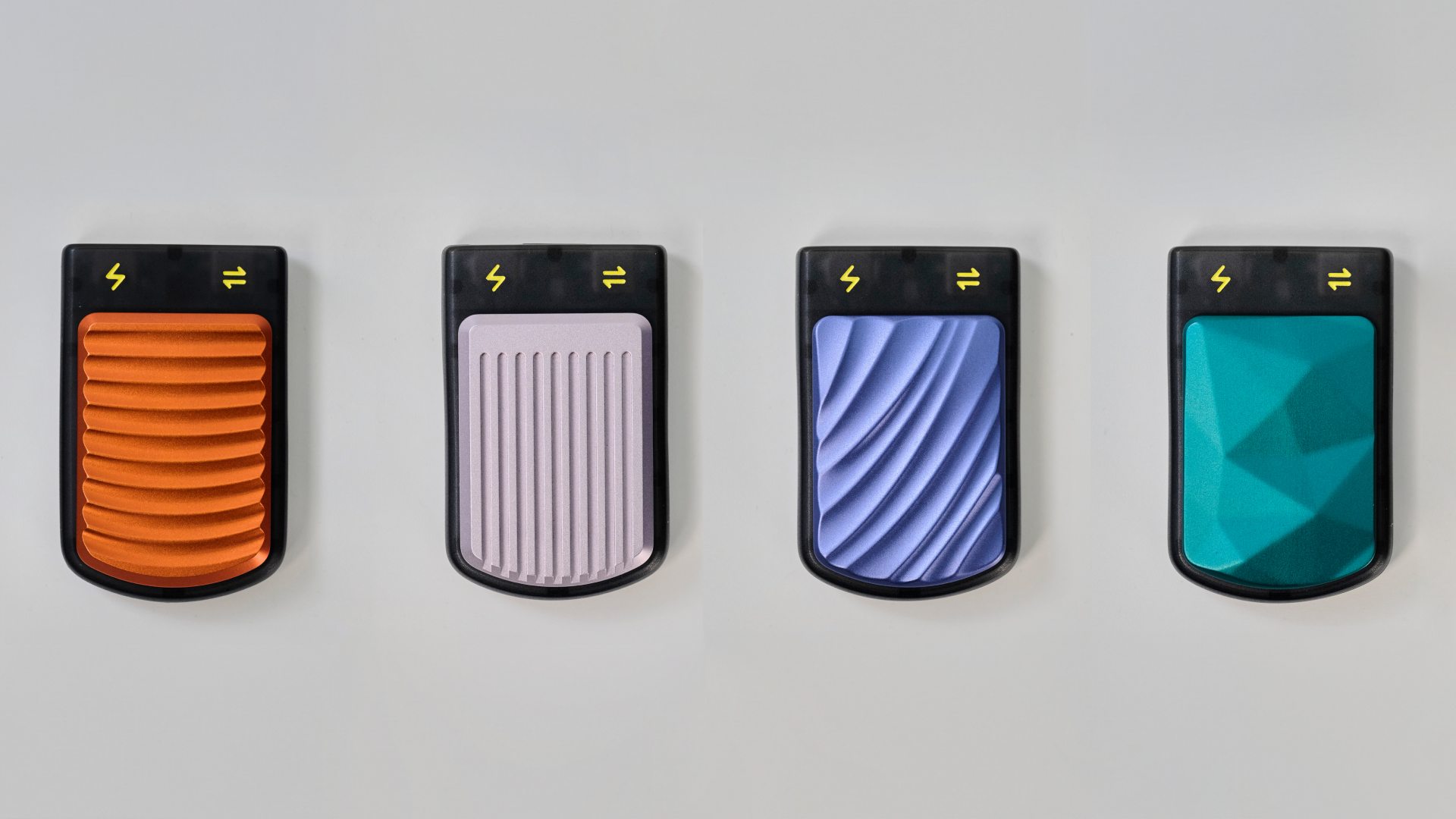The Genki Savepoint looks like a PS2 memory card for your Steam Deck, and it could solve one of my biggest handheld issues
It can also turn your Asus ROG Ally into a Steam Deck (sort of)

I love carrying a chunk of my PC library around on the Steam Deck, but part of me always longs for extra space. Yes, I am being super greedy considering I’ve already modded my handheld with a 2TB drive, and I’ve got a 1TB microSD card on standby just in case. If I’m being real, what I really want is for the concept of memory cards to come back, and that’s exactly what accessory maker Genki currently has on its agenda.
Live on Kickstarter right now, the Genki Savepoint aims to add a chunk of storage to the best gaming handhelds while only taking up the same room as an old-school memory card. While devices like the Steam Deck OLED sadly don’t have a Magic Gate slot to jam it into, you’ll instead be able to whack it on the back using a magnet and hook directly into USB-C. The result? An instant 2TB storage bump with 10Gbps bandwidth capabilities – ideal for running those big adventures externally.
The fact we’re talking about a gaming SSD no bigger than a Game Boy cartridge with up to 2TB capacity and MagSafe compatibility is enough to get me on board. However, Genki says the drive will also serve as a way to break free from your handheld’s operating system, as it’ll be able to easily bring SteamOS to the likes of the Asus ROG Ally and Windows 11 to the Deck.
Expands capacity and PC compatibility

As a handheld reviewer, I’m painfully aware of the struggle of OS compatibility. The Steam Deck in particular has broken my heart on several occasions thanks to the limitations of SteamOS and Wine. That said, Windows devices actually bother me a bit more due to their lack of handheld optimization, something that can disrupt on-the-go sessions and lead to frustration. Put it this way, if the Lenovo Legion Go or MSI Claw caught me in a bad mood with their Windows 11 reliance, I can’t promise I wouldn’t teach them how to fly.
It’s for that reason that being able to dual boot into Windows or SteamOS no matter the handheld using the Genki Savepoint sounds extremely appealing. No messing around with main installations, no weird hacks, just a straight-up way to dive into another operating system. Yes, you could just grab an ordinary external SSD and set things up to achieve the same goal, but Genki’s option is competitively priced at $199 for the 2TB model, and it beats most other options out there in terms of size.

I say most, as I am currently testing an external hard drive that also offers up similar MagSafe functionality – namely the Lexar SL500. The SSD is available at Amazon right now for $178.99 (down from $213.52) but it is that bit larger and doesn’t specifically target handheld use.
I’ll be comparing the two side by side when I finally get a hold of the Genki SavePoint, and that should give us a proper portable comparison point to work with. However, there are a few perks the SavePoint boasts that will ultimately benefit handheld play more, like 100W passthrough for charging and specific optimization for portable PCs. Plus, I’d be lying if I said I wasn’t swayed by all the pretty colors Genki offers, as the surface of each drive comes in a variety of textures and colors.
Sign up to the GamesRadar+ Newsletter
Weekly digests, tales from the communities you love, and more
Look, I think my Steam Deck deserves to wear nice things, so don’t judge me for preferring a drive that slays, kay?
Looking for more handheld add-ons? Swing by the best Steam Deck accessories and best Steam Deck dock for plenty of useful gadgets. Alternatively, check out the best SSD for gaming if you’re in need of a new PC drive.

I’ve been messing around with PCs, video game consoles, and tech since before I could speak. Don’t get me wrong, I kickstarted my relationship with technology by jamming a Hot Wheels double-decker bus into my parent’s VCR, but we all have to start somewhere. I even somehow managed to become a walking, talking buyer’s guide at my teenage supermarket job, which helped me accept my career fate. So, rather than try to realise my musician dreams, or see out my University degree, I started running my own retro pop culture site and writing about video games and tech for the likes of TechRadar, The Daily Star, and the BBC before eventually ending up with a job covering graphics card shenanigans at PCGamesN. Now, I’m your friendly neighbourhood Hardware Editor at GamesRadar, and it’s my job to make sure you can kick butt in all your favourite games using the best gaming hardware, whether you’re a sucker for handhelds like the Steam Deck and Nintendo Switch or a hardcore gaming PC enthusiast.


